A few months ago I discovered a video of 8 and 9 year-old girls in a national dance contest, athletically gyrating to the Beyoncé hit “Single Ladies” (a.k.a.”Put a Ring on It”). Prepare yourself:
I am anything but a prude, but there was something distinctly unsettling in watching prepubescent girls dance around in fringed burlesque underwear, however talented they are. And I started thinking, as I’m wont to do, about preconceptions of sexuality and age and how our changing concepts on these subjects has affected the clothes we put our children in.
These days there are a number of clothes with sexual connotations marketed towards young people — often girls. Included in the sidelines of a NY Times article about the video above is a NPD Group stat that $1.6 million was spent on thong underwear for tweens (ages 7-12) in 2003. Now thong underwear is a great solution for women who wear slinky, sheer, and/or tight dresses because they’re less likely to show the dreaded Visible Pantie Line — so in this way, they actually preserve modesty — but one must wonder how tight and slinky the clothes are that tweens are wearing, that such protection is required in the first place…. And you might be familiar with Heelarious, a company questionably devoted to supplying babies with “her first high heels,” considerately made of stuffed fabric rather than metal spikes:
Though I myself find these heels ridiculous and mildly upsetting — I certainly condone games of dress-up as an exercise of adulthood, but those role-playing games are to be played by the child, not for parents to impose their own expectations. But I should not be surprised, really; humans have been trying to assign “normal” sexuality and gender roles in children for centuries, often employing sartorial techniques. Glossing over the wonderful ancient and medieval cultures in which men and women wore similar flowing frocks into adulthood, for much of European history, infants and toddlers were dressed in (unisex) dresses. The detail below depicts a child of one or two years whose parents have slapped a rather silly hat on him, most probably to advertise his masculinity in spite of his dress, just as the girl in heels above wears a feminine flower band on her indeterminate-sexed bald head:
The gift of his first pair of pants marked a boy’s transition to manhood. “Breeching” was a milestone on par with bar mitzvahs for 17th century boys between ages 4 and 7; the minimum age decreased with the centuries until dresses were abandoned for boys altogether in the early 20th century. Tweens of the past were dressed as little adults, girls’ ensembles complete with wee little corsets. In the detail below, there is little difference in the appearances of the adults and children, save the miniature scale (it even took me a second look to notice the young man):
During the Age of Enlightenment of the 18th century, ideas of child rearing and youth in general starting changing. Rousseau (1712-1778) encouraged “natural” youth and child rearing which included developmentally appropriate child education. Jay Mechling’s article on the history of child rearing advice and manuals noted:
“[the] conceptualization of childhood [was distinguished] as a distinct and separate stage in life. The material culture of the seventeenth and eighteenth centuries in the American colonies, for example, supports the account from written evidence of the historical transition from viewing the child as a little adult to the Enlightenment portrait of the child as an innocent creature with unique needs for nurturance and guidance. Children began to have their own rooms in houses, their own dishes and chamber pots, and more durable toys. The invention of childhood in this period in many ways required the parallel invention of motherhood and fatherhood.” [My italics].
The MFA site notes on the Copley family portrait below: “The children wear frocks tied loosely with sashes. Such dresses were not scaled-down versions of adult attire but were designed especially for children, allowing freedom of movement.” [My italics]
A century later, the works of G. Stanley Hall (1844-1924) swayed the public’s concept of childhood. As an educator and the founder of the American Journal of Psychology, Hall’s work explored the controversial and dubious properties of gender distinctions (also offensive racial eugenics, but that’s another story). Unlike Rousseau, he believed that even as adults humans are not rational, and must be herded by capable leaders. He wrote that gender distinctions were a hallmark of modern Western society and parents should teach their children appropriate gender roles. In spite of his dubious data, parenting publications of the time recommended parents clothe their boy toddlers in pants to help them identify with male adult role models. Hall was a key inventor of the idea of adolescence as a period of life distinct from both childhood and adulthood, as is generally accepted today. He was succeeded by behaviorist John B. Watson and Freud in the 1920s, who preached that the first few years of life are critical in child rearing. These men undoubtedly influenced the eventual abandonment of dressing boys and girls in identical dresses in the early 20th century; children are especially impressionable, and susceptible to gender confusion (which was, and remains, generally undesirable).
Pink and blue experienced gender confusion too. In many Western European countries, pink was the dominant color for swaddling boys (a derivative of bold, virile red), and blue was for girls (the Virgin Mary’s color — no expectation pressure, right?!). The Ladies Home Journal advised mothers of 1918,
“There has been a great diversity of opinion on the subject, but the generally accepted rule is pink for the boy and blue for the girl. The reason is that pink being a more decided and stronger color is more suitable for the boy, while blue, which is more delicate and dainty, is prettier for the girl.”
Below, we see the children of Charles I of England where the girls are swathed in pale blue and the boy in bold pink:
It wasn’t until well into the 20th century that the color associations switched. It has been postulated that the Nazi system of badges branding the homosexual population with pink triangles, linking the color pink with (distasteful) effeminacy, contributed to this recasting of gendered colors which occurred around World War II.
Color coding and gender distinction in children’s dress took a brief hiatus in the 1970s. The women’s movement, the back-to-nature aspect of the hippies, and the sexual revolution all contributed to a mini resurgence of unisex children’s clothing, which typically took the form of identical pants for boys and girls:
The 1972 album and accompanying children’s book Free to Be… You and Me challenged gender roles. An afterschool special in 1974 included such skits as “Boy Meets Girl,” in which two identically dressed infant puppets (the distinctive voice of one being Mel Brooks) try to figure out their respective sexes:
I especially enjoyed the fact that they use career aspirations as (ultimately inaccurate) determining sex factors — my own feminist, former hippie mother kept a running baby/childhood book for my sister’s and my youths, and each year we would have to check the boxes next to the careers we wanted, which were presumptuously segregated by sex (I’m sure this was not my mother’s preference). In reviewing my book many years later I noticed with amusement (and not a little pride) that I inevitably chose from both columns: actress, model, mother, teacher, and fireman, astronaut, actor. But I digress….
The sexual fluidity of the ’70s was short lived and today, surprisingly narrow gender constructions exist and are imposed upon children. Brad Pitt and Angelina Jolie’s daughter Shiloh has been noticed by the media for wearing “boys” clothes like ties, jackets and hats. Below we see her next to her “girlier” sister Zahara. One has to wonder why this is fodder for the paparazzi at all:
Though I readily admit physical gender and sexuality are two distinct (if related) concepts, I think the impetus of parents and societies at large to advertise genders in infancy indicates our eagerness to assign “normal” gender roles, which is generally limited to patriarchal heterosexual behavior that inevitably subjugates homosexuals and women. Today it is common for parents slap bows around their bald daughter’s head, girlie pink dresses, and (fake) heels to ensure no one <gasp> mistakes her for a boy. What may seem like an innocent game of dress-up for the parent might very well perpetuate gender stereotypes and ultimately gender/sexuality discrimination.
Further Reading:
- Brian Palmer’s article for Slate on the history of child rearing

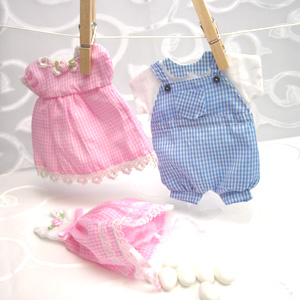
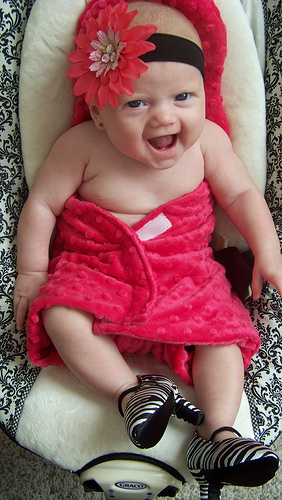
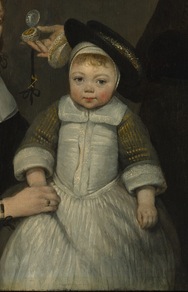

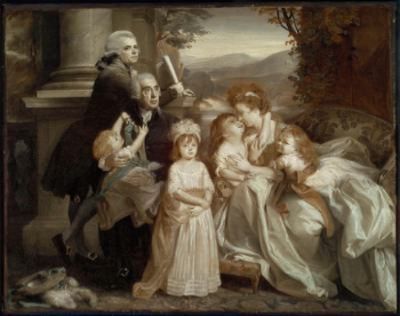
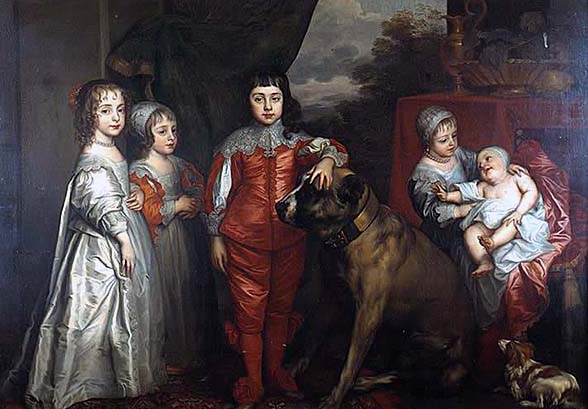
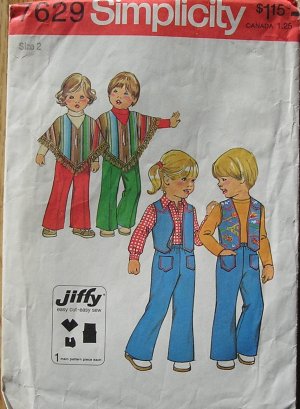

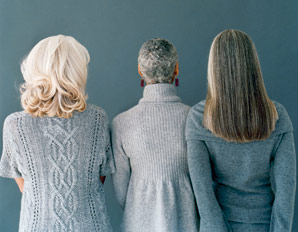
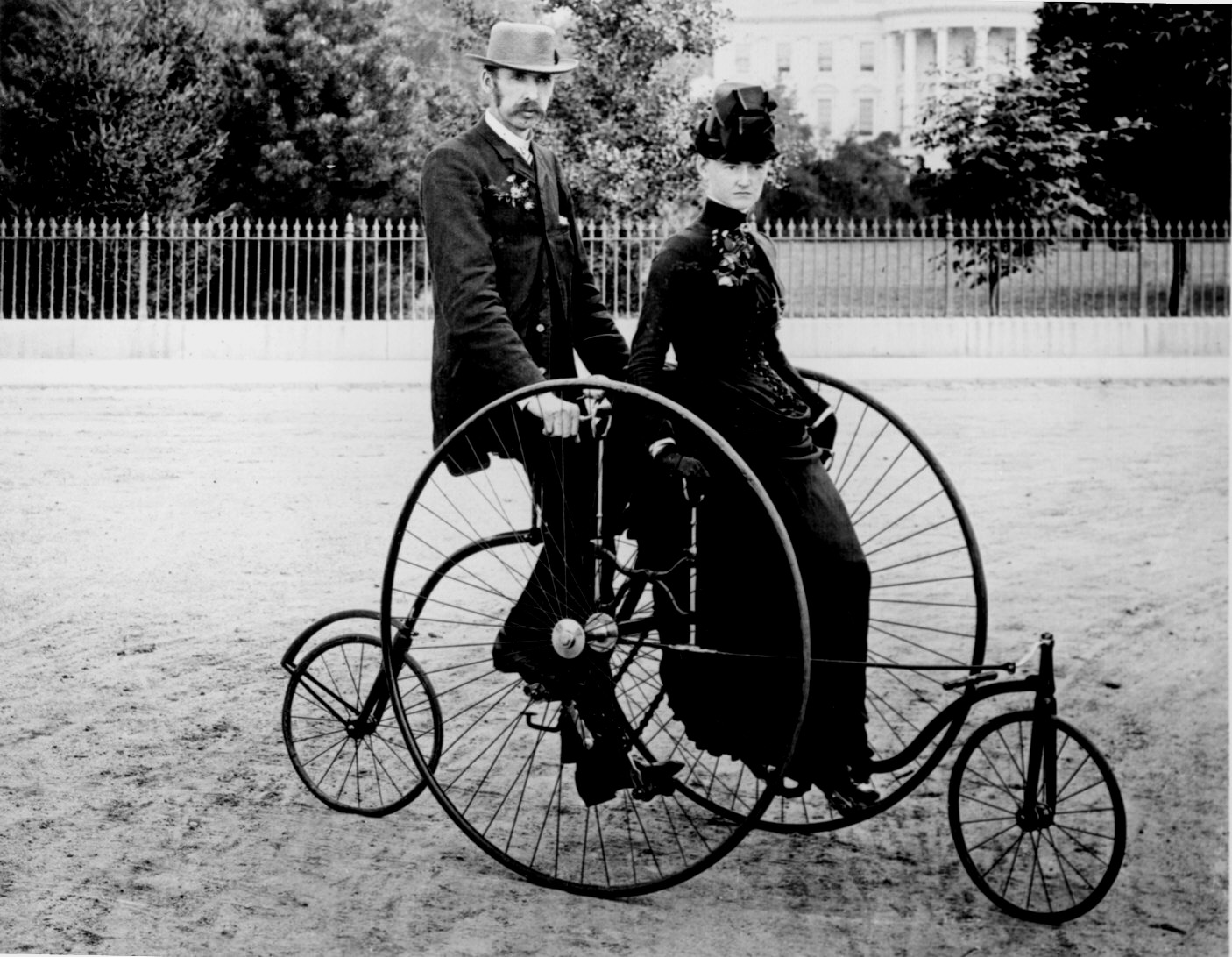
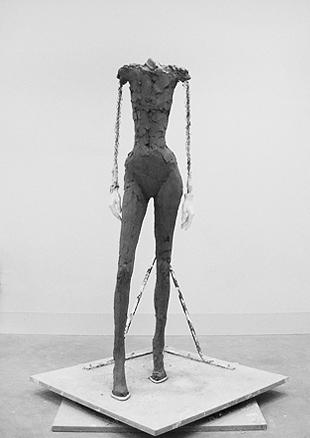
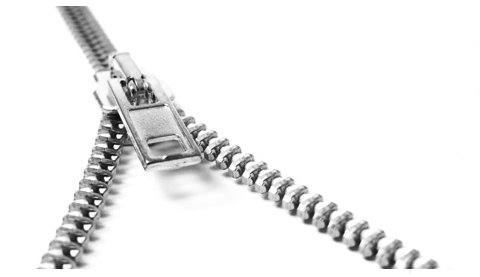

























1 comment
Lightning says:
Mar 2, 2011
It is interesting to note that the color pink (really, RED) may have been considered “appropriate” for boys in the 1600s because of the scarcity, skill, and cost of the dyestuffs used to produce it. I would imagine that a king’s precious heir, front and center in the painting, and probably in life, too, would be dressed in the color that everyone, of every economic strata, knew was the ultimate prize. See: A Perfect Red: Empire, Espionage, and the Quest for the Color of Desire, by Amy Butler Greenfield, and Color: A Natural History of the Palette by Victoria Finlay for more historical color use. Great stuff!